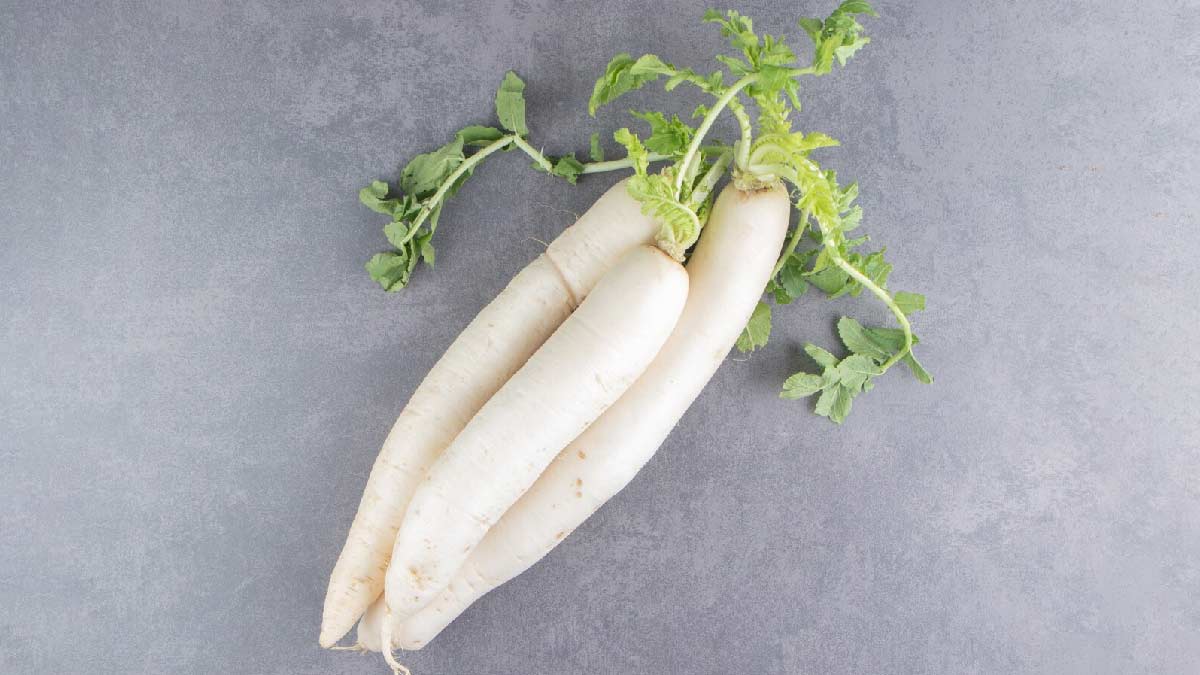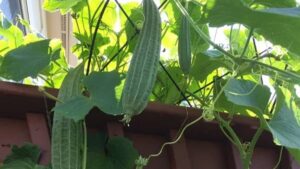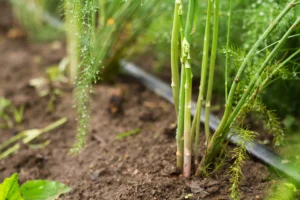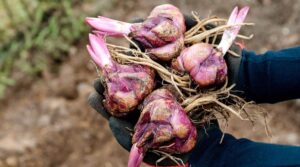How to Grow and Use Radishes: The Complete Guide
Are you looking for a quick, rewarding vegetable to grow that delivers big flavor in small spaces? Radishes might be exactly what you need. These crisp, peppery root vegetables are among the fastest-growing edible plants, making them perfect for gardeners of all experience levels. Whether you’re working with a spacious backyard garden, a small balcony with containers, or even an indoor growing setup, radishes can thrive in your space with minimal effort.
In this comprehensive guide, you’ll discover everything you need to know about growing radishes at home. From selecting the right varieties to harvesting at the perfect moment, we’ll walk through each step of the radish-growing process. You’ll also learn creative ways to use these versatile vegetables in your cooking and how to troubleshoot common issues that might arise along the way.
Why Grow Radishes?
Before diving into the how-to, let’s talk about why radishes deserve a place in your garden:
- Speed: Many varieties mature in just 3-4 weeks, making them one of the fastest garden rewards
- Space efficiency: Radishes grow well in small spaces, containers, or even indoor setups
- Flexibility: Can be grown in spring, fall, and even winter (with some varieties)
- Nutritional value: Rich in vitamin C, potassium, and antioxidants
- Versatility: Beyond salads, radishes can be roasted, pickled, fermented, or used as garnishes
- Companion planting benefits: Radishes can help repel certain pests from other vegetables
- Simple to grow: Ideal for beginners and children’s gardening projects
According to the USDA Agricultural Research Service, radishes also contain beneficial compounds called isothiocyanates that may have cancer-fighting properties.
Understanding Radish Varieties
Before you start planting, it’s important to understand the different types of radishes available to you. Your choice will depend on your growing conditions, available space, and personal taste preferences.
Common Radish Types
| Type | Days to Maturity | Best Season | Characteristics | Growing Difficulty |
|---|---|---|---|---|
| Cherry Belle | 22-30 days | Spring, Fall | Round, red, mild flavor | Very easy |
| French Breakfast | 25-30 days | Spring, Fall | Oblong, red with white tip, mild | Easy |
| White Icicle | 27-30 days | Spring, Fall | Long white roots, mild-spicy | Easy |
| Watermelon | 55-60 days | Fall, Winter | Round, white outside, pink inside, sweet | Moderate |
| Black Spanish | 55-70 days | Fall, Winter | Round/long, black skin, white flesh, very spicy | Moderate |
| Daikon | 50-70 days | Fall, Winter | Long white Asian radish, mild | Moderate |
Spring radishes are small, quick-growing varieties perfect for containers and small spaces. Winter radishes grow larger, take longer to mature, and generally need more space but offer excellent storage potential for winter eating.
Growing Radishes Outdoors
Growing radishes in your garden is straightforward and rewarding. Here’s how to ensure success when planting directly in garden beds:

When to Plant
Timing is crucial for radish success. These cool-weather crops perform best when temperatures are between 50-65°F (10-18°C).
- Spring planting: Sow seeds 2-3 weeks before the last frost date in your area
- Fall planting: Sow seeds 4-6 weeks before the first expected frost
- Succession planting: For continuous harvests, plant new seeds every 7-10 days throughout the growing season
According to the USDA Plant Hardiness Zone Map, most areas in the US can grow radishes in both spring and fall, with southern zones potentially growing them through winter.
Preparing the Soil
Radishes aren’t particularly picky about soil, but they do need certain conditions to form perfect roots:
- Soil texture: Loose, well-draining soil is essential—compacted soil leads to misshapen roots
- pH level: Aim for slightly acidic to neutral soil (pH 6.0-7.0)
- Amendments: Incorporate compost to improve soil structure and provide nutrients
- Avoid fresh manure: This can cause forking in root development
- Remove rocks and debris: These can obstruct root growth
Work the soil to a depth of at least 6 inches, making sure it’s loose and crumbly before planting.
Planting Steps
Follow these simple steps to plant your radish seeds:
- Create shallow furrows: Make 1/2-inch deep trenches in your prepared soil
- Spacing: Space rows 6-12 inches apart (depending on variety)
- Sow seeds: Place seeds about 1 inch apart along the furrow
- Cover lightly: Cover with 1/4 to 1/2 inch of fine soil
- Water gently: Use a fine spray to avoid displacing seeds
- Thin seedlings: Once sprouted, thin to 1-2 inches between plants for spring radishes or 4-6 inches for winter varieties
Care and Maintenance
Radishes need minimal care, but attention to these key points will maximize your harvest:
Watering
Consistent moisture is crucial for radish development. Aim for:
- 1 inch of water per week
- Even moisture (not soggy)
- More frequent, lighter waterings rather than infrequent deep soakings
- Extra water during hot periods
Fertilizing
Radishes don’t need heavy feeding:
- Use a balanced fertilizer (10-10-10) before planting
- Avoid high-nitrogen fertilizers which promote leafy growth at the expense of root development
- Side-dress with compost tea if plants look yellow or stunted
Weeding
Keep the area around your radishes weed-free:
- Weed gently to avoid disturbing radish roots
- Use mulch to suppress weeds and retain moisture
- Hand-pull weeds when small
Pest Management
While relatively pest-resistant, radishes can face challenges from:
- Flea beetles: Tiny insects that create small holes in leaves
- Root maggots: White larvae that tunnel into roots
- Aphids: Small insects that suck plant juices
For organic control methods, the National Center for Appropriate Technology offers excellent resources on integrated pest management strategies.
Growing Radishes in Containers
Don’t have garden space? No problem! Radishes excel in container gardens and are perfect for balconies, patios, or small yards.
Choosing Containers
Select containers that provide adequate depth and drainage:
- Minimum 6 inches deep for spring radishes
- 10-12 inches deep for winter varieties
- Width depends on how many radishes you want to grow
- Must have drainage holes
- Material can be plastic, terracotta, fabric grow bags, or repurposed items
Container Soil Mix
The right growing medium makes all the difference:
- Use high-quality potting mix, not garden soil
- Add compost (about 25% of the mix)
- Consider adding perlite or vermiculite for better drainage
- Pre-moisten the mix before planting
Planting in Containers
- Fill your container with soil mix, leaving 1 inch of space at the top
- Scatter seeds 1 inch apart, or plant in rows 2-3 inches apart
- Cover with 1/4 to 1/2 inch of soil mix
- Water gently but thoroughly
- Place container where it will receive at least 6 hours of sunlight daily
- Thin seedlings to 1-2 inches apart once they emerge
Container Maintenance
Container-grown radishes need slightly different care:
- Water more frequently as containers dry out faster than garden soil
- Check moisture levels daily, especially in hot weather
- Consider liquid organic fertilizer diluted to half-strength every 2-3 weeks
- Rotate containers if plants begin leaning toward light sources
Growing Radishes Indoors
Yes, you can grow radishes indoors year-round! This method allows you to enjoy fresh radishes regardless of outdoor conditions.
Light Requirements
Indoor radishes need sufficient light to develop properly:
- Place near a south-facing window for natural light
- Supplement with grow lights if necessary
- Provide 12-14 hours of light daily
- Keep lights 2-4 inches above plants
Indoor Growing Setup
Create an optimal indoor environment:
- Choose containers: Similar to outdoor containers but with saucers to catch drainage
- Temperature: Keep room between 60-70°F (15-21°C)
- Air circulation: Use a small fan on low setting to strengthen stems
- Humidity: Normal indoor humidity is usually sufficient
Special Indoor Growing Considerations
- Choose compact or “rapid-growing” varieties for indoor cultivation
- Expect slightly longer growing times than outdoor cultivation
- Hand-pollination isn’t necessary since you’re growing for the roots
- Consider microgreens as an alternative—radish seedlings are spicy and nutritious

Harvesting and Storing Radishes
Knowing when and how to harvest ensures you’ll enjoy radishes at their peak flavor and texture.
When to Harvest
Timing is everything:
- Spring varieties are typically ready 3-5 weeks after planting
- Winter varieties may take 6-10 weeks
- Harvest when roots reach the expected size for the variety
- Don’t wait too long—oversized radishes become woody and bitter
- Test by gently brushing away soil to check size
How to Harvest
Proper harvesting technique preserves quality:
- Water the soil lightly before harvesting to ease removal
- Hold the radish at the base of its leaves
- Pull straight up with a gentle twist
- For stubborn roots, loosen soil around the radish first
- Harvest in the morning for crispest texture
Storage Methods
Extend the life of your harvest:
- Remove tops immediately (leaving 1/2 inch of stem) to prevent moisture loss
- Wash gently and pat dry
- Refrigerate in perforated plastic bags or containers with damp paper towels
- Spring radishes will keep 1-2 weeks when properly stored
- Winter radishes can last months in cool, humid storage (like a root cellar)
Using Radish Greens
Don’t waste the tops! Radish greens are edible and nutritious:
- Young leaves can be added to salads
- Mature leaves can be sautéed like spinach or added to soups
- Blend into pesto or chimichurri
- Add to smoothies for a nutrient boost
Troubleshooting Common Radish Problems
Even with proper care, issues can arise. Here’s how to identify and address common problems:
All Leaves, No Bulbs
If your radishes produce lush tops but underdeveloped roots, consider:
- Too much nitrogen in the soil
- Overcrowding (insufficient thinning)
- Too hot weather during growth
- Inconsistent watering
Solution: Balance soil nutrients, ensure proper spacing, and maintain even moisture.
Splitting or Cracking
Split radishes indicate:
- Inconsistent watering (especially a dry period followed by heavy watering)
- Left in ground too long
- Rapid growth due to excessive fertilizer
Solution: Water consistently and harvest promptly when radishes reach maturity.
Woody or Pithy Texture
Tough, spongy radishes result from:
- Harvesting too late
- Growing during hot weather
- Water stress
- Poor variety selection for your season
Solution: Harvest at the recommended size and time and choose varieties suited to your growing season.
Pest Damage
If pests become problematic:
- Use row covers to physically block insects
- Interplant with pest-repelling herbs like basil or mint
- Apply organic insecticidal soap for severe infestations
- Practice crop rotation to break pest cycles
Creative Ways to Use Radishes
Radishes offer more culinary possibilities than many people realize:
Fresh Preparations
- Sliced thin on buttered bread with sea salt (French-style)
- Grated into slaws and salads
- Cut into matchsticks for tacos or spring rolls
- Hollowed out and stuffed with herb butter or cream cheese
- Topped with avocado and microgreens for healthy snacks
Cooked Applications
- Roasted with olive oil until caramelized
- Sautéed with butter and herbs
- Added to stir-fries (especially Asian varieties)
- Braised with other root vegetables
- Included in soups and stews
Preservation Methods
- Quick-pickled with vinegar, sugar, and spices
- Fermented in brine (like kimchi)
- Dehydrated into chips
- Canned with other pickled vegetables
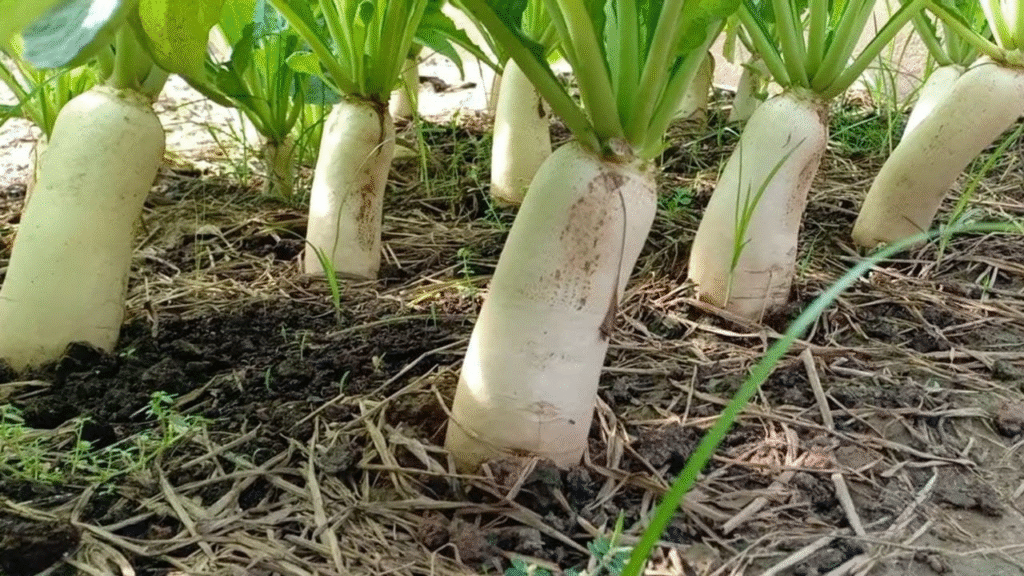
Companion Planting with Radishes
Strategically planting radishes with compatible plants benefits your entire garden:
Good Companions
- Lettuce and spinach: Radishes mark rows while slower seeds germinate
- Cucumbers and squash: Radishes deter cucumber beetles
- Carrots: Radishes break up soil for carrot development
- Beans and peas: These provide nitrogen that benefits radishes
- Nasturtiums: Improve radish flavor and repel pests
Poor Companions
- Hyssop: Inhibits radish growth
- Potatoes: Compete for nutrients and space
- Other brassicas (cabbage, broccoli): Share pests and diseases
Saving Radish Seeds
For sustainability and to preserve favorite varieties, try saving seeds:
- Allow select plants to bolt (produce flowers)
- Wait for seed pods to form and begin to dry on the plant
- Harvest pods when they turn tan but before they split open
- Dry completely in a well-ventilated area
- Break open pods and separate seeds
- Store in a cool, dry place in labeled paper envelopes
Seeds remain viable for about 5 years when properly stored.
Conclusion
Growing radishes offers quick gratification and versatile rewards with minimal effort. Whether you’re cultivating them in your garden, on your patio, or even indoors, these colorful root vegetables provide nutritional benefits and culinary variety throughout the year. By understanding the basics of radish cultivation and troubleshooting common issues, you’ll be able to enjoy successful harvests season after season.
Remember that radishes make excellent “first gardens” for beginners and children because of their rapid growth and relatively foolproof nature. If you’ve never grown vegetables before, radishes are an ideal place to start your gardening journey.
For more information on growing vegetables at home, visit the USDA National Agricultural Library’s gardening resources or your local Cooperative Extension Service.
